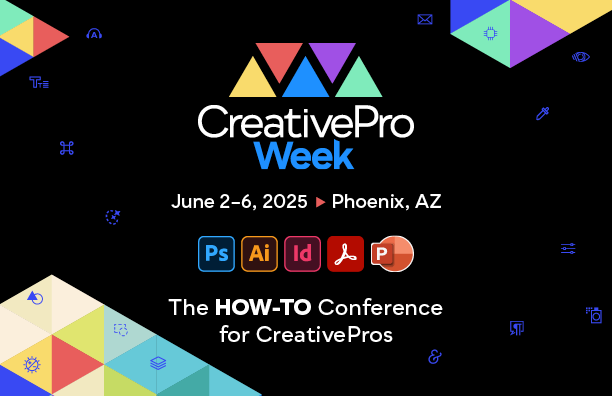Making Yearbooks With Jostens Monarch
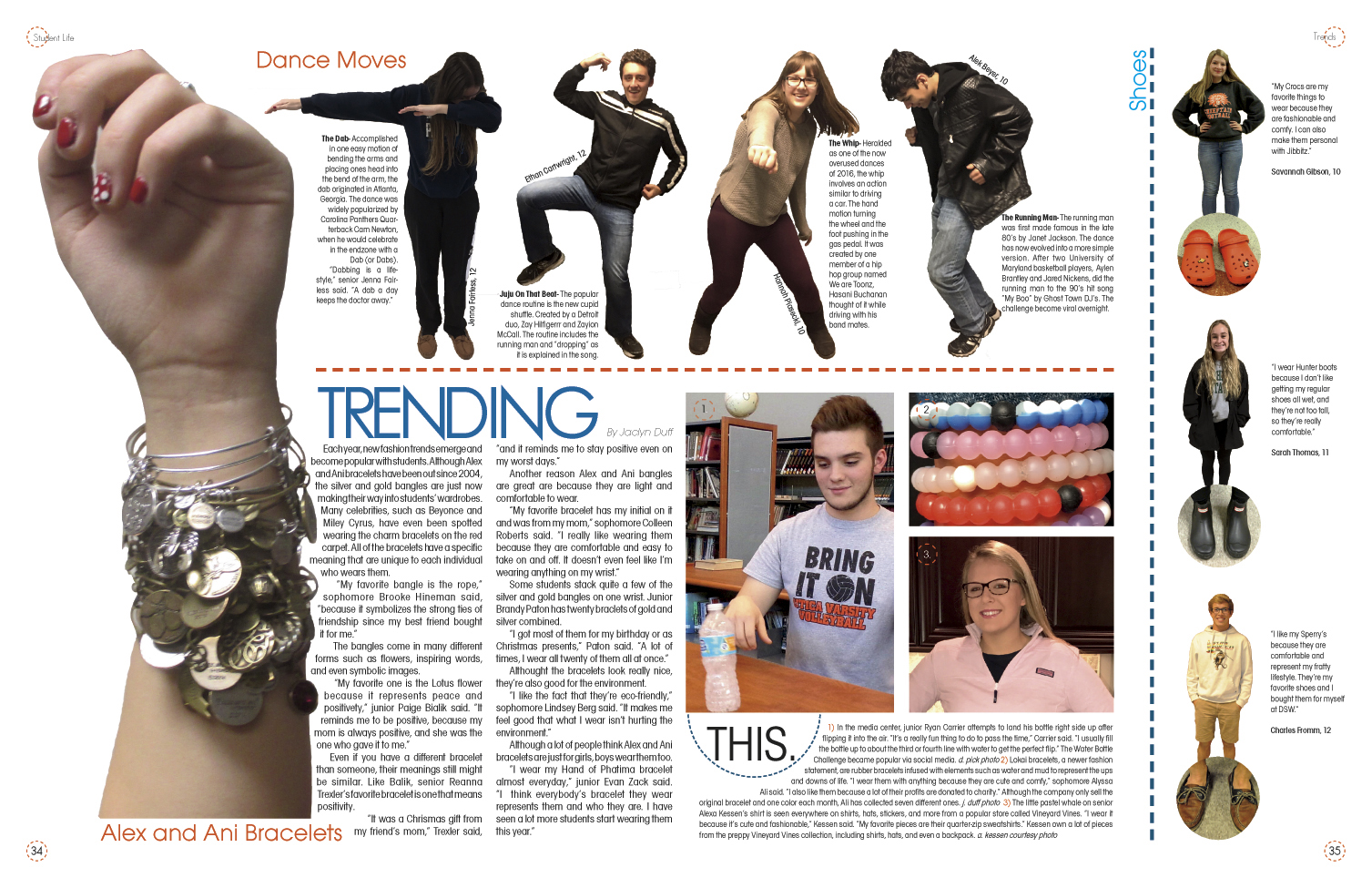
Scott Citron profiles a company bringing innovation and efficiency to high school yearbook production.
Years ago, I became the editor of my junior high school’s first-ever yearbook. Back then I spent hours shooting photos around school, then developing and printing the black and white images in my home darkroom. Since I was already taking pictures of my teachers and classmates for fun, it was natural for me to oversee production of the school yearbook.
Back then (in the early 1970s), personal computers and desktop publishing had yet to be born. High school yearbooks were produced by pasting actual photos onto prepared sheets of heavy paper, called boards. (This explains why InDesign calls the area outside your pages pasteboards.)
Type was set by professional typesetters, returned to the client, and then cut up and pasted into position onto these boards. The process was slow and mechanical (boards were also referred to as mechanicals), and making changes wasn’t easy. Yearbooks took almost the entire school year to complete, were always all black and white, and were often distributed to students a few weeks before summer vacation.
Today things are different, and schools are shooting photos and building yearbooks digitally. But there are many hurdles. Schools find that managing computers, software, access, and data is an ever-increasing problem. School budgets are tight and computers and their operating systems have aged. Adobe software versions have become stale, since schools can’t afford to update every other year. Complicating things even further, many schools are stuck on old hardware due to budget constraints. And when they can buy new hardware, they sometimes choose Google Chromebooks, which can’t run the Adobe software at all. Worst of all, some schools fail to back up data, and inevitably old hard drives on school
file servers fail, losing months of work. One thing stayed the same: Creating the yearbook keeps the editorial staff tethered to the classroom on evenings and weekends in order to meet production deadlines.
So in the fall of 2014, Jostens set out to find a way to deliver Adobe tools with yearbook-specific plug-ins from the cloud (Figure 1).
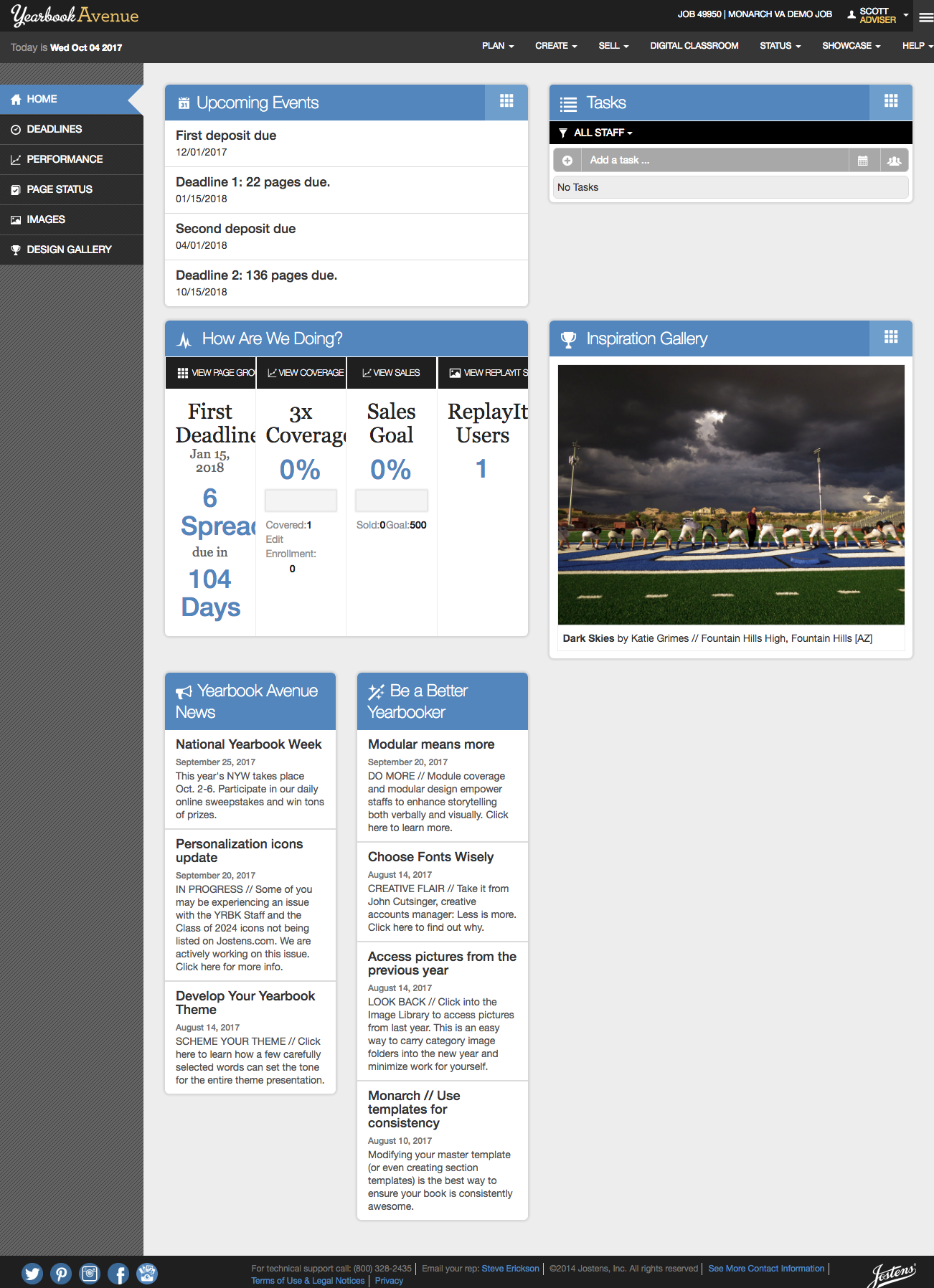
Figure 1: Yearbook Avenue is the name of Jostens’ portal page. From here, users can keep track of upcoming events, view deadlines, get inspired or access Monarch.
Instead of installing local copies of Adobe InDesign, Photoshop, Bridge, and Acrobat Reader on physical computers, Jostens developed a proprietary web-based system known as Monarch. To use Monarch, students log in to a website that runs a virtual copy of all four Adobe apps in any standard browser (Figure 2).
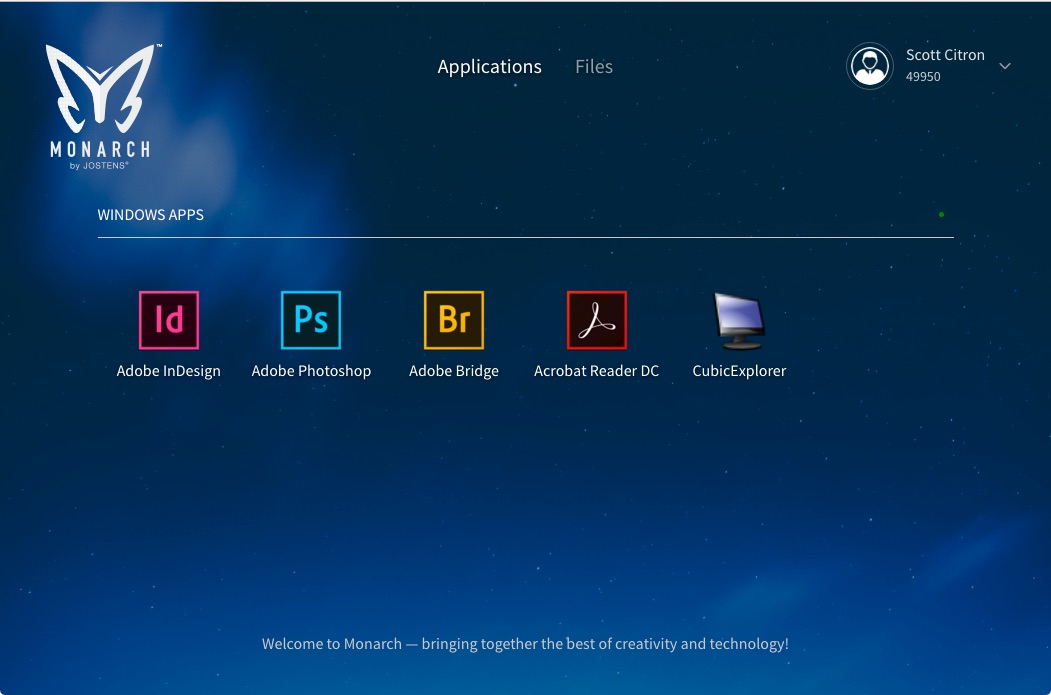
Figure 2: From the Monarch start page, users can choose to open Adobe InDesign, Photoshop, Bridge, Acrobat Reader, and CubicExplorer, an online equivalent of Windows Explorer. Clicking the Files tab at the top of the screen allows users to connect to cloud storage systems like Dropbox or Google Drive.
Users can also choose CubicExplorer, a Windows Explorer-like file manager, or set up access to cloud storage heavyweights Dropbox or Google Drive.
In the case of InDesign, users see a page that looks and behaves exactly like a local Windows copy of InDesign, but runs in any browser. Figure 3 shows InDesign inside of a Mac version of Google Chrome.
Notice the Monarch panel in the upper left corner of Figure 3 (also shown magnified in Figure 4).
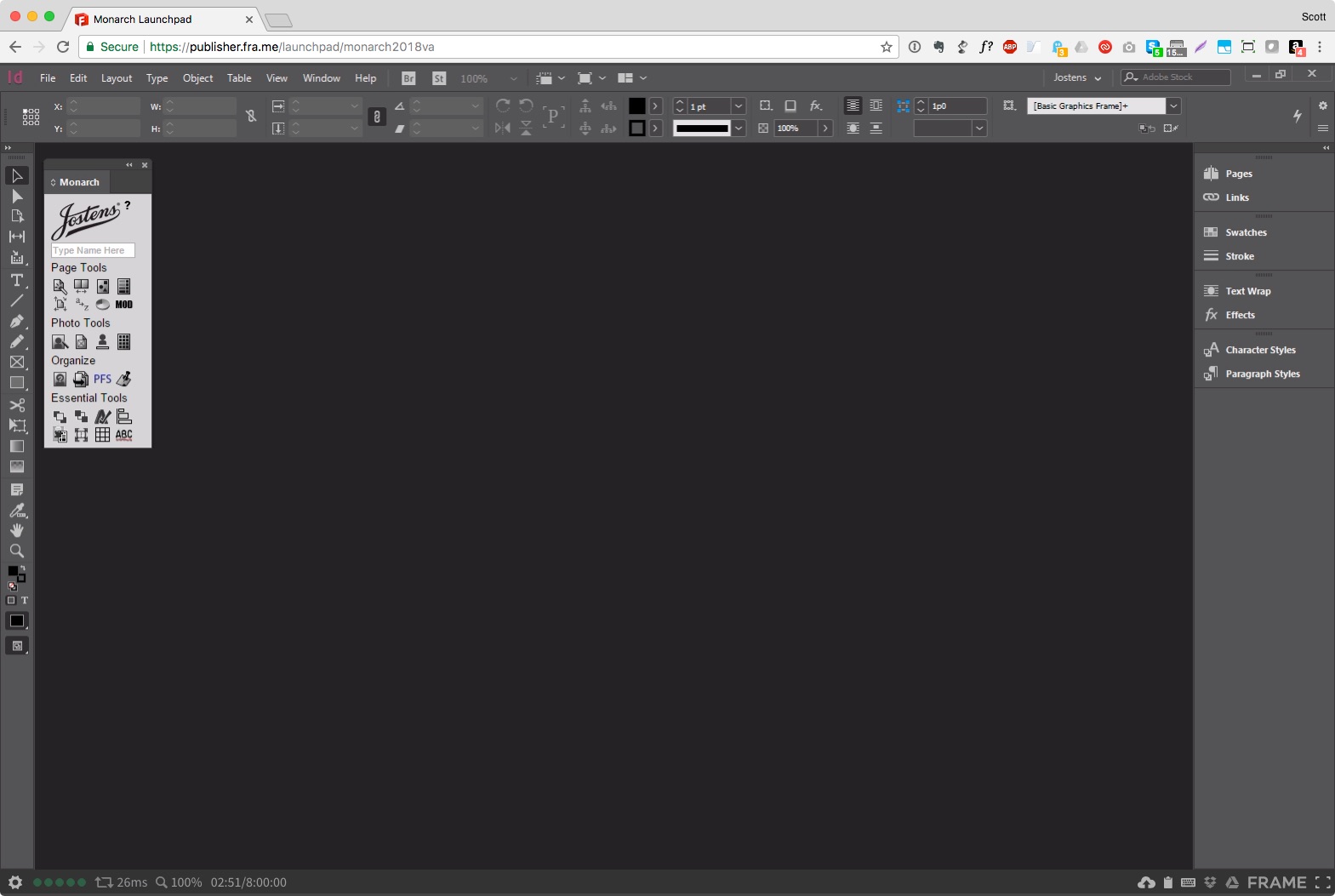
Figure 3: The Windows version of Adobe InDesign CC running virtually in Google Chrome for Mac. Notice the custom Monarch panel in the upper left corner. All functions of the software (including preferences, menus, and keyboard shortcuts) behave just like a local installation of InDesign, minus the headaches of serialization, updates, corruption, and viruses.
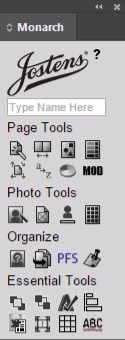
Figure 4: The Monarch panel adds yearbook specific functions, not otherwise built into InDesign CC.
The Monarch panel combines a customized set of commands along with a smattering of Essential Tools (bottom two rows). The Page Wizard (top row, first icon from left) is an example of one such special tool. Clicking the Page Wizard (Figure 5) opens a dialog box which adds clever functionality to InDesign’s standard Command/Control+N routine.
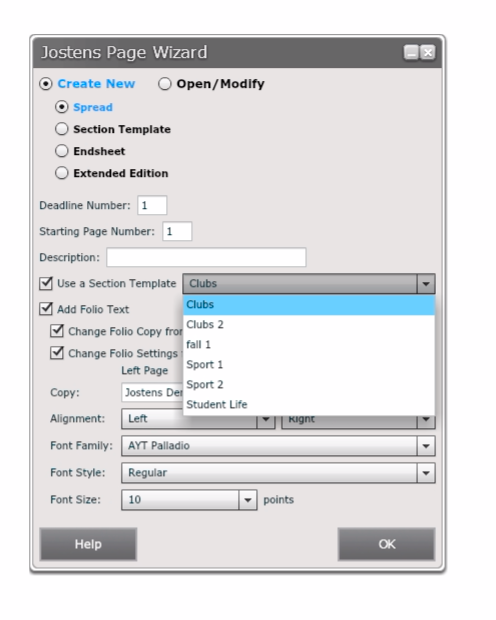
Figure 5: Jostens Page Wizard adds many useful features to InDesign’s built-in New Document dialog box. Notice here how Section Templates can be selected from a handy drop-down menu. Spread pages can be automatically populated with customized running footers that specify paragraph alignment, font type, and size.
Working in InDesign using Monarch’s virtual system has many advantages for students. According to yearbook adviser Aaron Cappotelli of Highland Park Middle School in Dallas, Texas, “Monarch has taken yearbook from a 48-minute, Monday-Friday class to a 24/7 assignment. The enhanced access that Monarch gives my students more accurately represents the connectively professionals have to their jobs these days. Monarch allows my students to access InDesign and Photoshop with far greater frequency than just during class. This has allowed them to build deeper skills and build them faster than ever before. Additionally, the ability to work on pages remotely has improved the feedback loop between adviser, editor, and staffer.”
Although Monarch has many built-in templates that can be edited or used as is, the system also allows designers to create their own pages from scratch. Figure 6 shows an example of an original design created by the students of Round Rock High School, in Round Rock, Texas advised by Sharon Kubicek. This design received an honorable mention in the annual InDesign Design Contest sponsored by Jostens and Adobe.
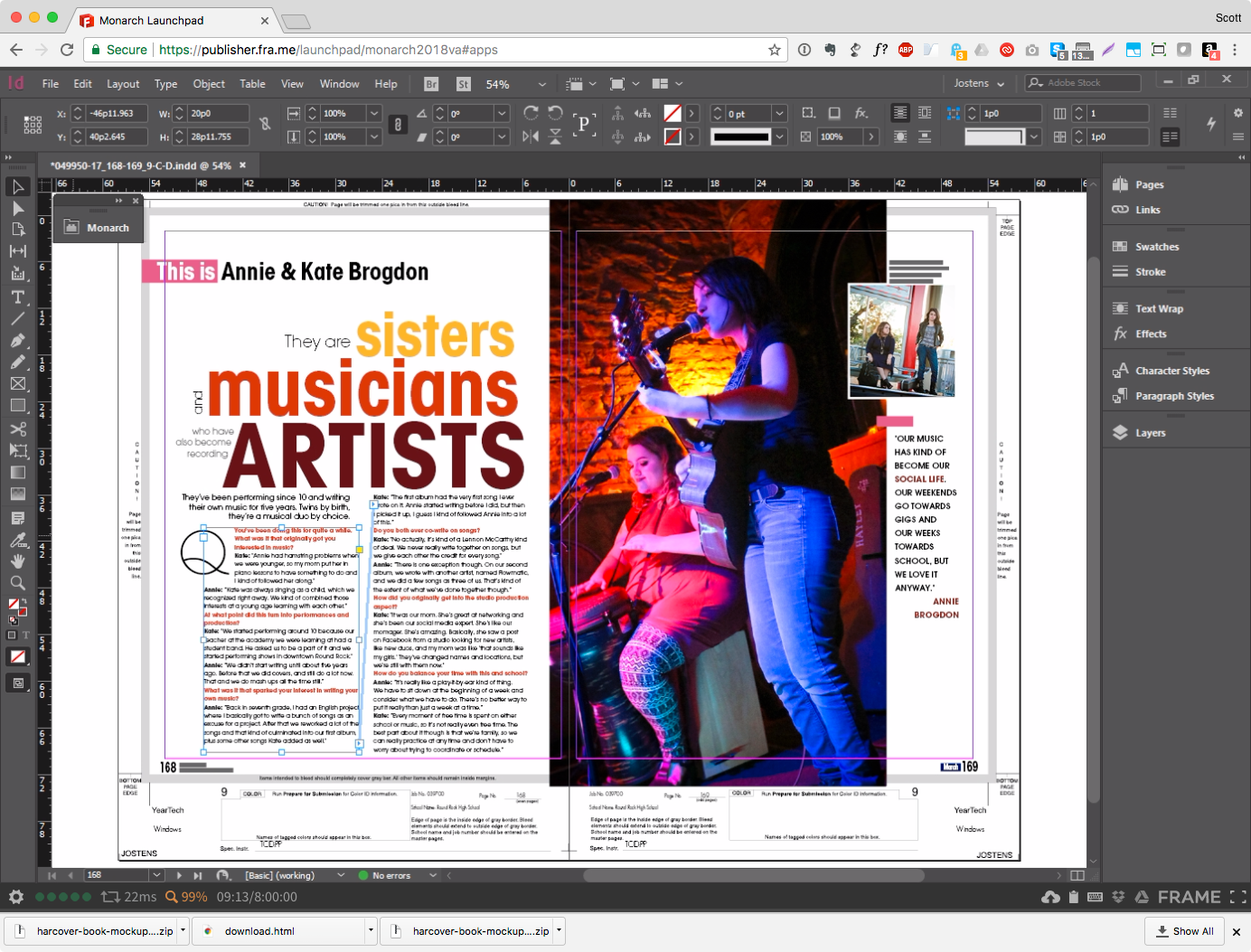
Figure 6: The Monarch system comes with lots of prebuilt page templates that make the job of creating a yearbook easier. For those who want to design and build their own pages, Monarch also allows custom layouts like the spread above.
Since its introduction, the Monarch system has been a hit with both students and faculty. Ray Westbrook, yearbook adviser at St. Mark’s School in Dallas, Texas, says, “My students love InDesign and wished they had access to the pages at home for years. The fact that Monarch has enabled that access has been a game changer for us. My students like being able to spend quality time working on their pages from home. It’s quiet and they don’t feel rushed. As a result, the students are more proficient and more accurate than ever before, and our publications show it!” (Figure 7)
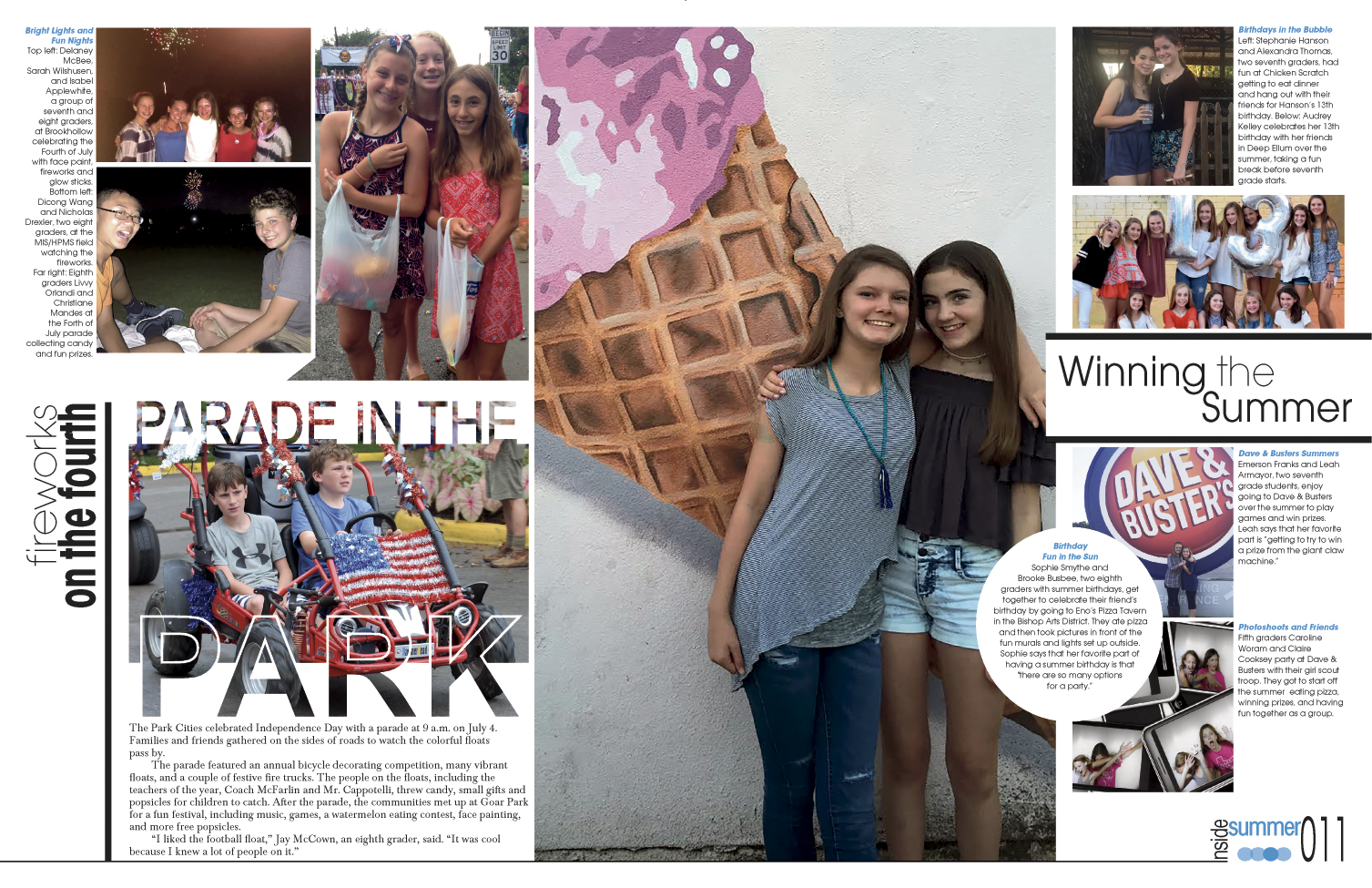
Figure 7: This handsome yearbook spread was created by students of Highland Park Middle School, in Dallas, TX.
In conclusion
InDesign running virtually can be a huge boon for specific situations or organizations that have the bandwidth to support it. Yearbooks, like other forms of collaborative publishing projects, is one example of how InDesign integrates into a creative workflow that can exist anywhere.
For administrators and advisers, working virtually ensures consistency and makes the job of software implementation and support a breeze. For high school students, cloud access to InDesign, Photoshop, and Bridge allows young designers to work on assigned pages anywhere and any time. So much for the old “my dog ate my homework” excuse.
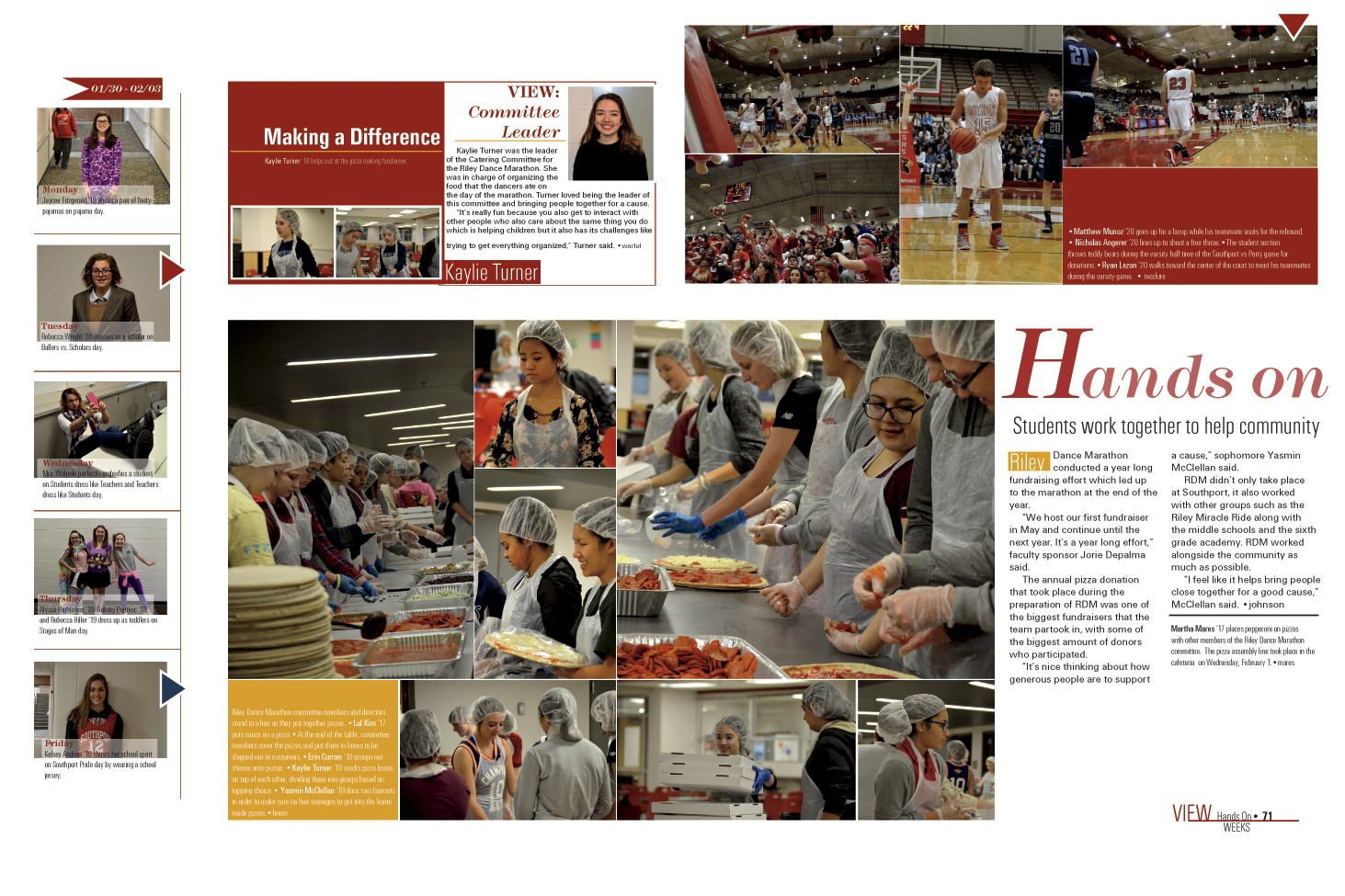
Yearbook design courtesy of Southport High School
Indianapolis, Indiana
Advised by Sam Hanley
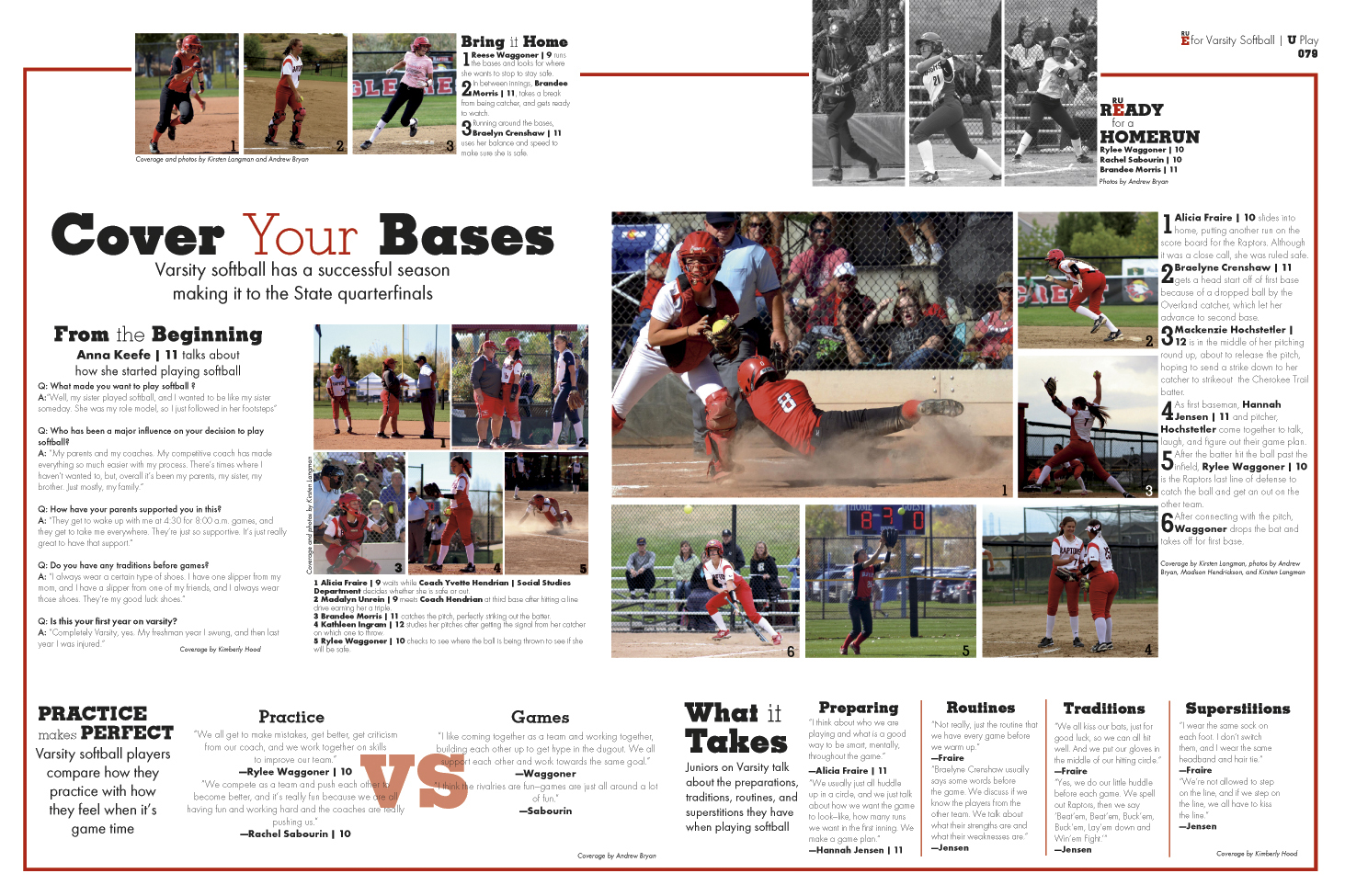
Yearbook design courtesy of Eaglecrest High School
Centennial, Colorado
Advised by Karen Slusher
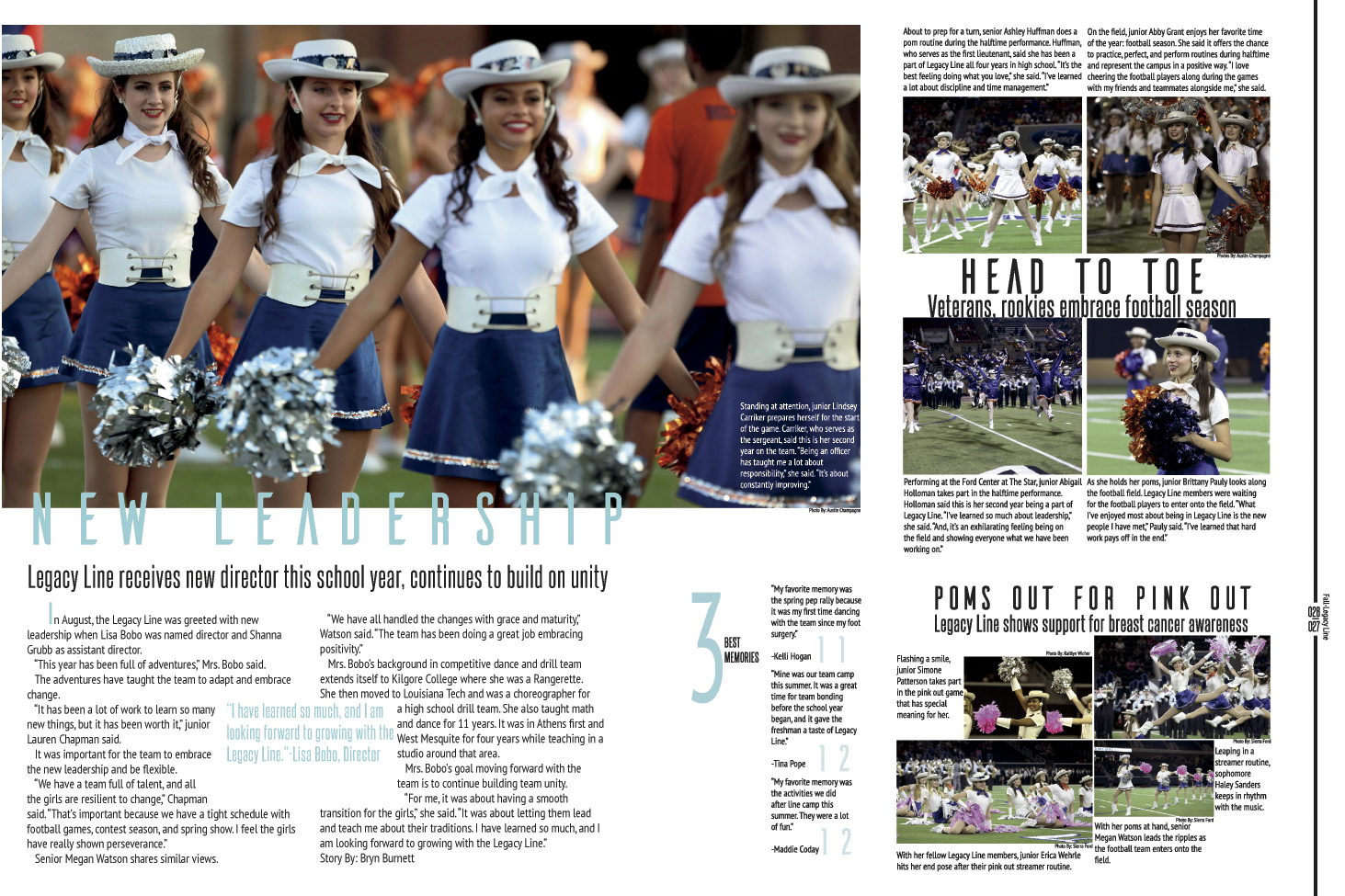
Yearbook design courtesy of Wakeland High School
Frisco, Texas
Advised by Nima Kapadia.

Yearbook design courtesy of Utica High School
Utica, Michigan
Advised by Stacy Smale
Commenting is easier and faster when you're logged in!
Recommended for you

Illustrator Downloadable: Summer Citrus Pattern Set
Downloadables are an exclusive benefit for CreativePro members! (Not a member ye...
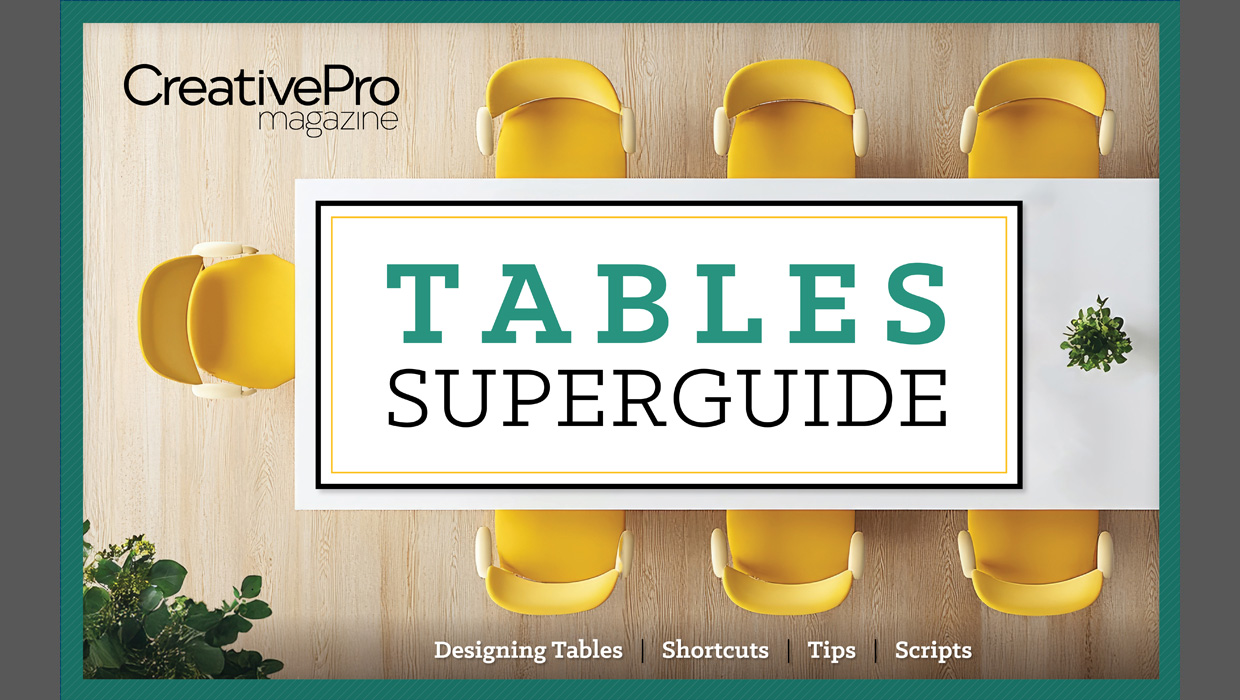
InDesign Downloadable: Tables SuperGuide
Downloadables are an exclusive benefit for CreativePro members! (Not a member ye...

How to Be a Better Designer: Learn About Type
It’s all about the type. Or, as James Carville might have said, it’s the typogra...

